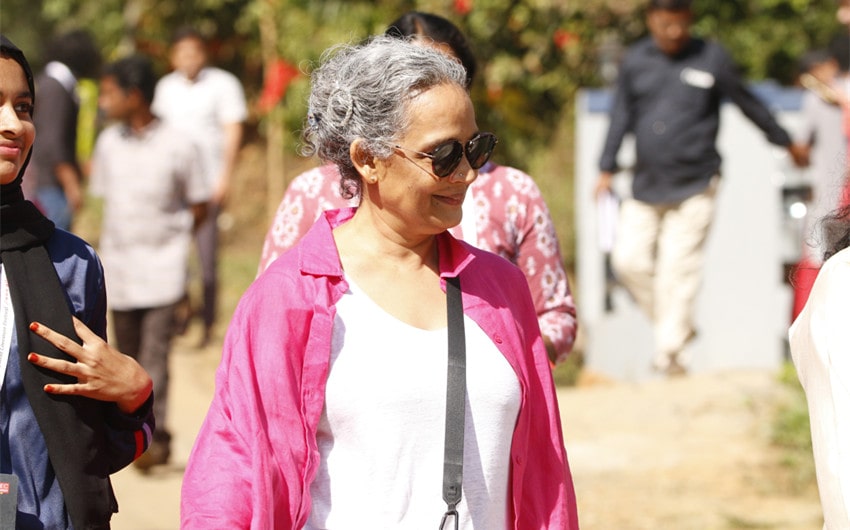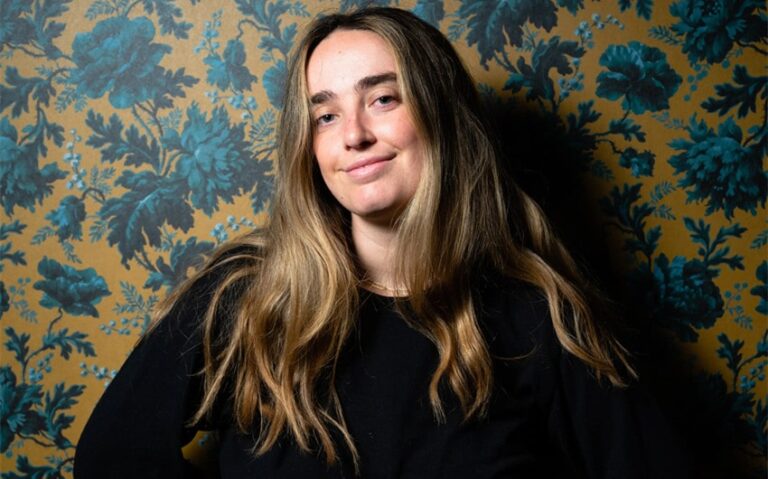Arundhati Roy Husband: Marriages, Personal Life, and Literary Journey
Arundhati Roy is admired worldwide for her groundbreaking novel The God of Small Things and her fearless voice as a political activist. Yet beyond her celebrated public life, many readers and fans remain curious about Arundhati Roy’s husband and the role marriage has played in her journey. While Roy is known for fiercely guarding her privacy, her two marriages—to architect Gerard da Cunha and later to filmmaker and environmentalist Pradip Krishen—offer insight into the personal side of one of India’s most influential literary figures.
Who Is Arundhati Roy?
Born in 1961 in Shillong, Meghalaya, Arundhati Roy grew up in Kerala before moving to Delhi to study architecture at the School of Planning and Architecture. From an early age, she displayed a creative and independent spirit that set her apart. She worked in various fields, from acting and screenplay writing to architectural studies, before making her mark on the literary world.
Roy achieved global recognition in 1997 when her debut novel The God of Small Things won the Booker Prize. The semi-autobiographical work, set in Kerala, explores themes of family, caste, forbidden love, and cultural conflict. Its success catapulted Roy into international fame, establishing her as one of India’s most important voices.
Beyond fiction, she is known for her essays and activism. Roy has written extensively on issues such as globalization, environmental destruction, nuclear power, and human rights, often criticizing powerful institutions and governments. Her outspoken nature has brought both admiration and controversy, but it has never overshadowed her reputation as a writer of extraordinary depth and courage.
Arundhati Roy’s First Marriage
Arundhati Roy’s first marriage was to architect Gerard da Cunha, whom she met while studying architecture in Delhi. Da Cunha later established himself as a successful architect, particularly known for his work in Goa and his focus on sustainable and locally inspired design.
Their marriage, however, was short-lived. Very little is publicly documented about the details of their relationship or the reasons for its end, largely because both Roy and da Cunha valued their privacy. What is known is that the marriage ended amicably, and each pursued their own careers after the separation.
For Roy, this early marriage was part of her journey toward self-discovery. It coincided with her formative years as a young professional and creative thinker. Although their paths diverged, the experience shaped her understanding of independence and personal freedom, themes that recur in her later works.
Arundhati Roy’s Second Marriage
After her separation from Gerard da Cunha, Arundhati Roy later married Pradip Krishen, a filmmaker who later became an environmentalist and naturalist. Pradip Krishen directed films such as Massey Sahib (1985) and In Which Annie Gives It Those Ones (1989), the latter co-written by Arundhati Roy. In fact, Roy also acted in In Which Annie Gives It Those Ones, playing a small but memorable role. The collaboration was an early sign of the creative and intellectual bond between them.
Pradip Krishen’s career eventually shifted from filmmaking to environmental work. He became deeply involved in ecological conservation, particularly in rewilding degraded landscapes in India. His books, including Trees of Delhi and Jungle Trees of Central India, reflect his commitment to environmental education and conservation.
Roy’s marriage to Krishen was significant not only on a personal level but also in terms of intellectual exchange. Both were deeply engaged in creative and socially conscious pursuits, which influenced each other’s outlooks. However, like her first marriage, this union also eventually ended in divorce. Roy has since lived independently, focusing on her writing and activism.
Influence of Personal Life on Her Career
The two marriages in Roy’s life—first with Gerard da Cunha and later with Pradip Krishen—were set against the backdrop of her evolution as an artist and public intellectual. While she has never credited her marriages directly as inspirations for her major works, they overlapped with important phases of her career.
Her time with Pradip Krishen, in particular, coincided with her early ventures into screenwriting and acting, which eventually gave her the confidence to pursue larger creative projects. Collaborating with him on In Which Annie Gives It Those Ones demonstrated her storytelling abilities long before her success as a novelist.
Yet what stands out most is Roy’s insistence on defining herself beyond the roles of wife or partner. Her independence is a recurring theme in her work and her public persona. Even when her relationships ended, she embraced solitude as a space for creativity and reflection.
Life Beyond Marriage
Today, Arundhati Roy is not publicly associated with any romantic partner. She continues to live and work in Delhi, where she writes essays, gives lectures, and engages in activism. Her focus remains on global issues such as inequality, war, and environmental degradation.
Her choice to remain private about her personal relationships reflects her broader philosophy of independence. She has often spoken about freedom—freedom in thought, action, and personal choices. By keeping her private life separate from her public work, she ensures that her identity is not reduced to whom she has married or is associated with, but instead to the body of work she has created and the causes she supports.
Public Interest in Arundhati Roy Husband
Despite her efforts to maintain privacy, public curiosity about Arundhati Roy husband remains strong. This is partly because she is such a high-profile figure in India and abroad, and partly because readers often wish to connect a writer’s personal life with their creative output.
However, Roy’s life story shows that while her marriages were important chapters, they do not define her legacy. Her relationships with Gerard da Cunha and Pradip Krishen illustrate that she valued partnership but ultimately chose independence. Fans may remain curious, but Roy herself has redirected attention toward her ideas, writings, and activism.







